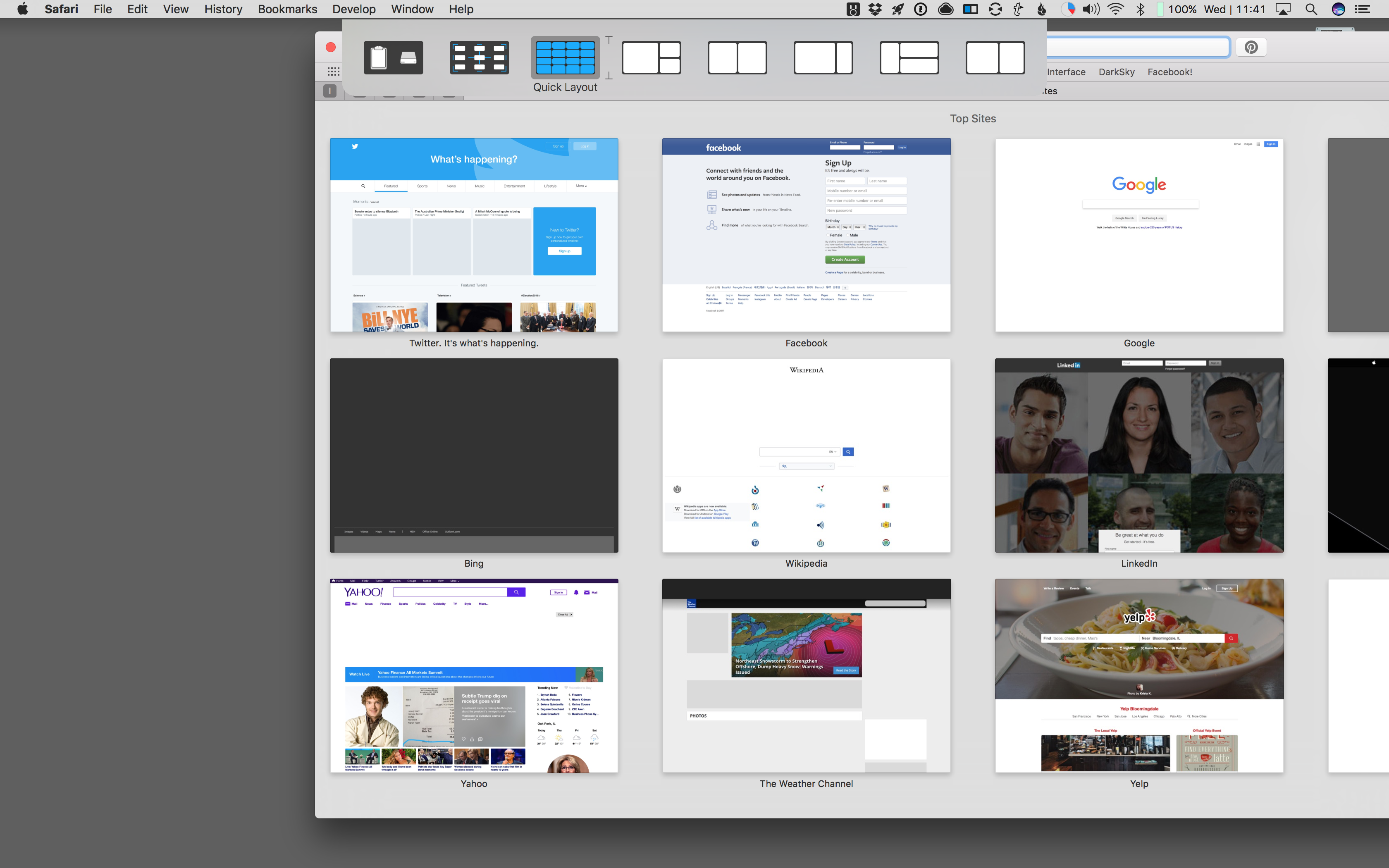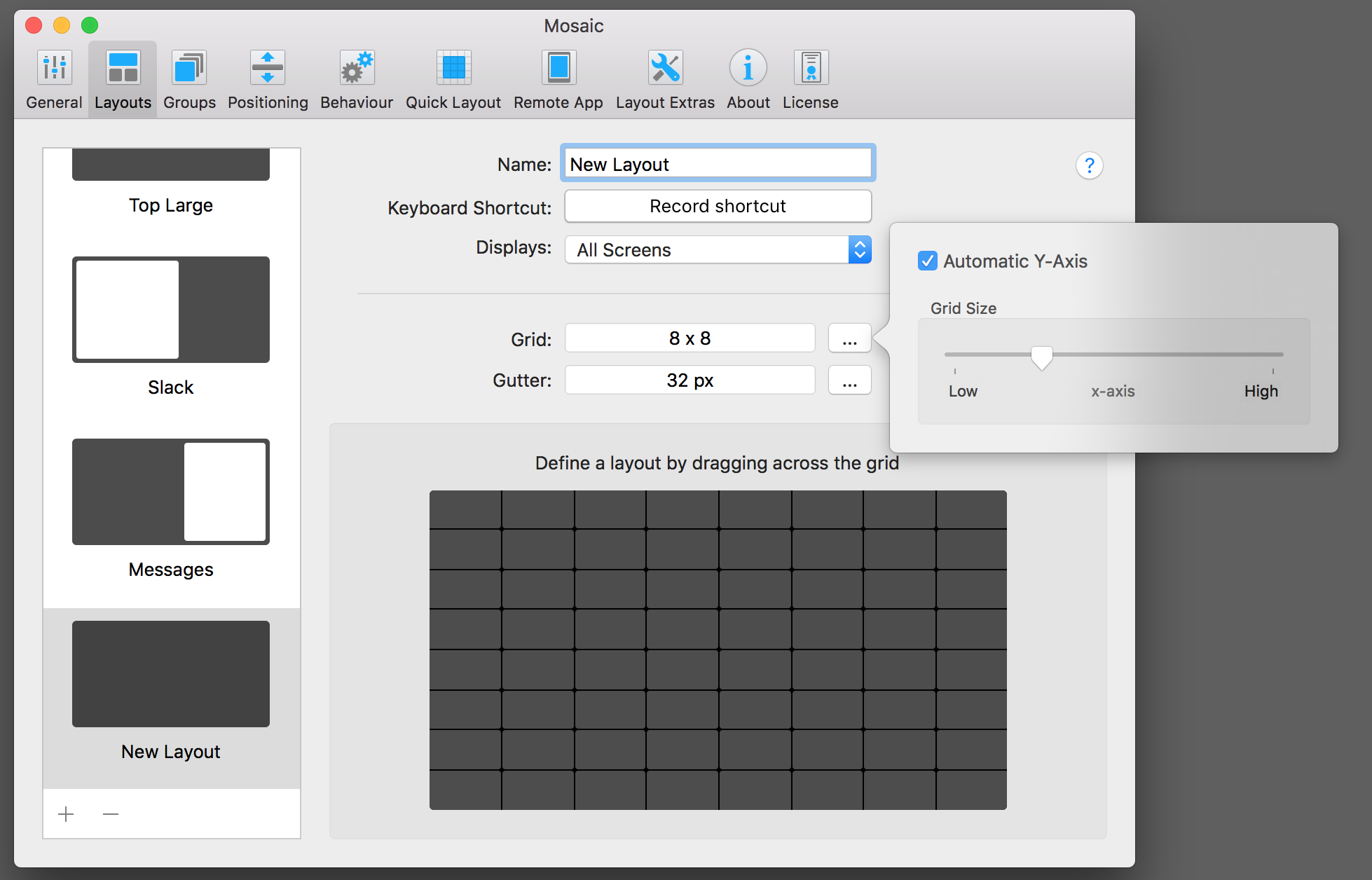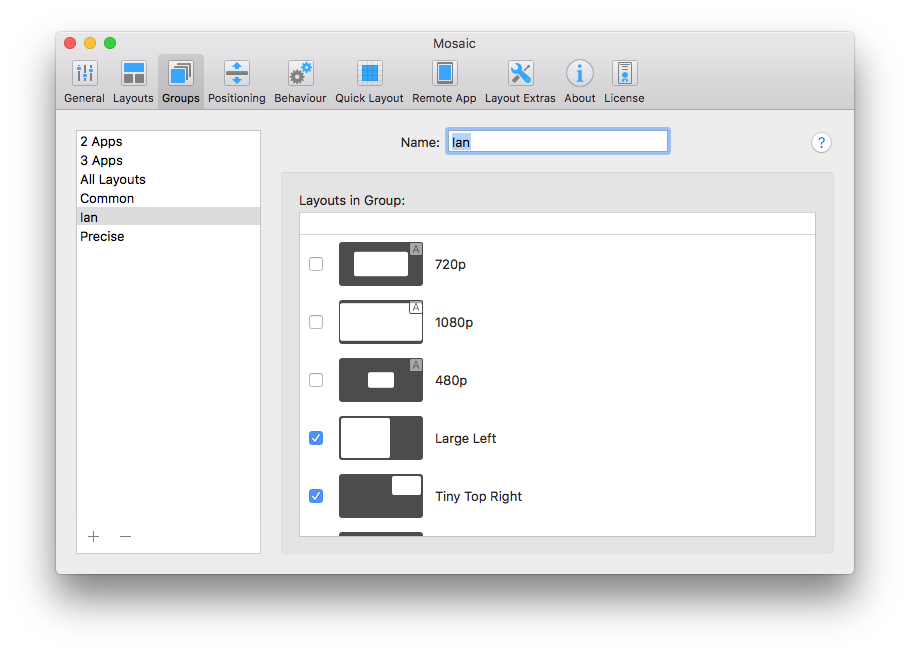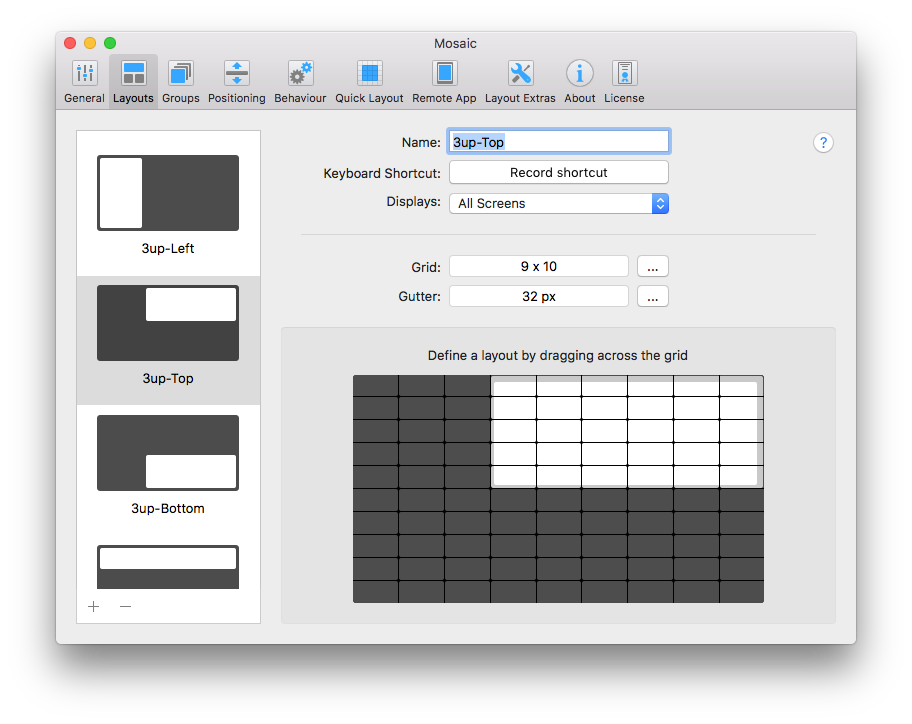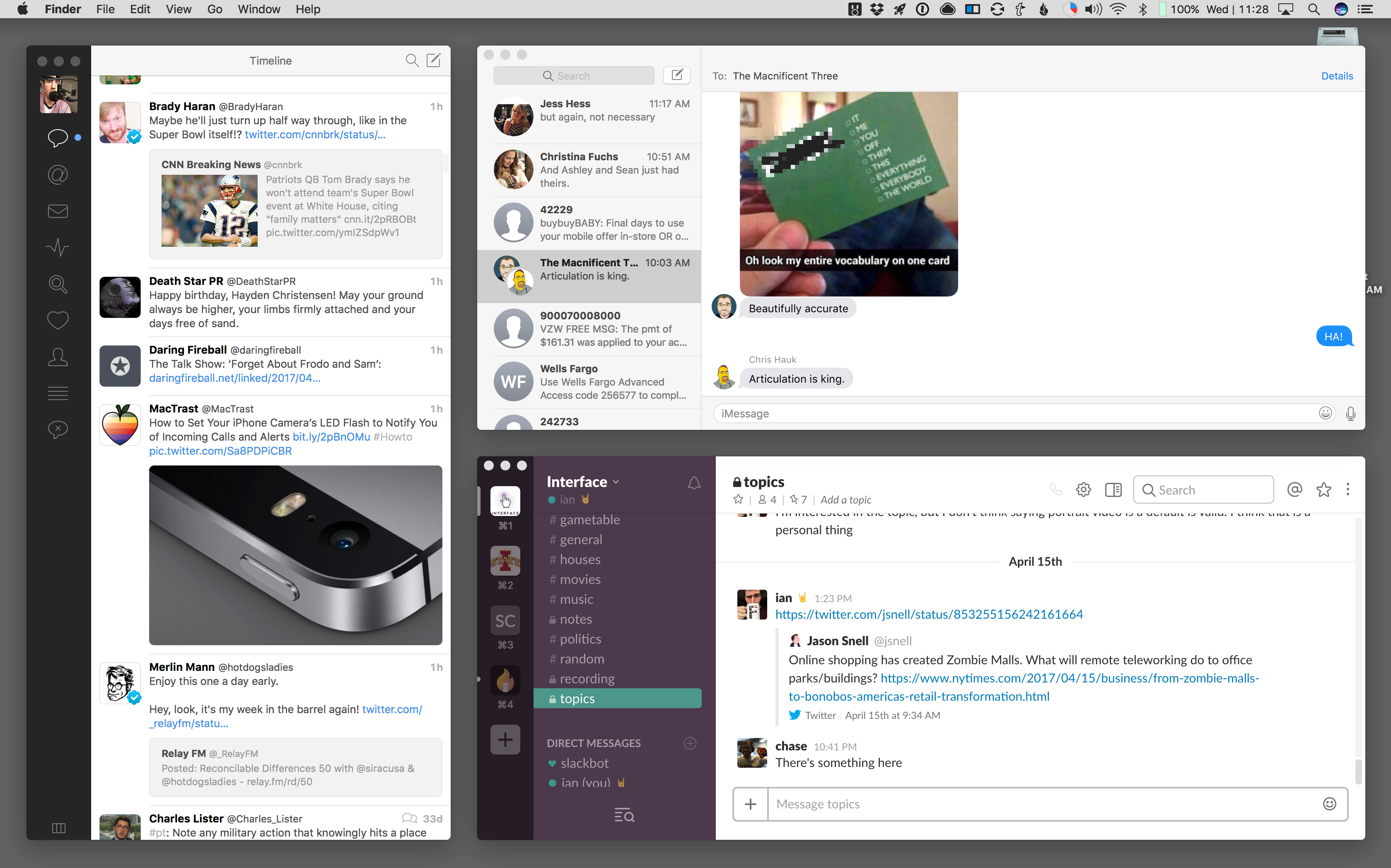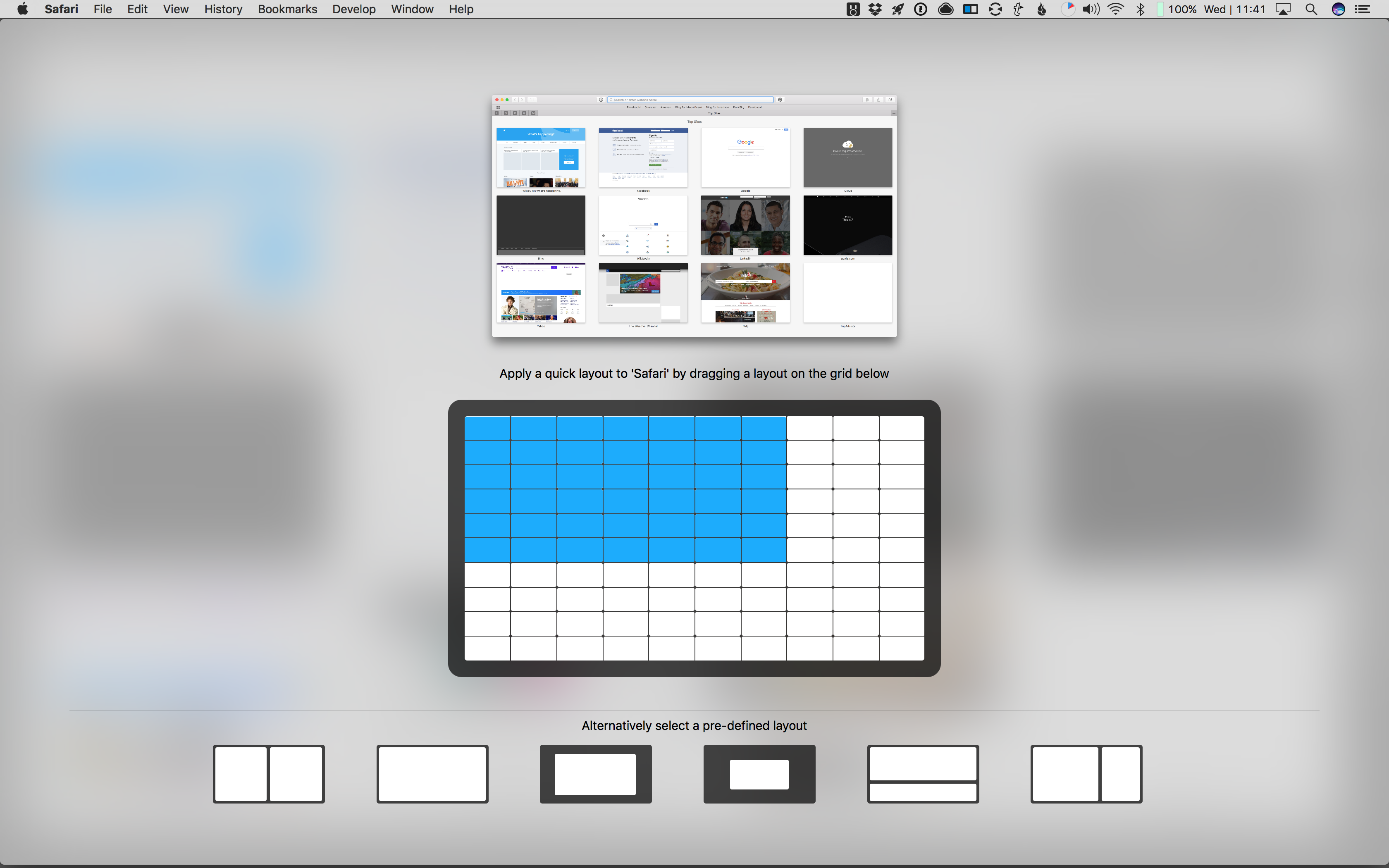
The iPhone is one of the most popular cameras in the world, so there is no shortage of ways to make it more versatile. With a new Kickstarter campaign, the Rigiet is looking to make shooting video smoother.
Shooting video by hand works great if you’re standing still, but when you start moving, video quickly gets shaky, and even nauseating. The Rigiet – a new Kickstarter project – is designed to take out the shake of your moving video, and enable you to shoot smoother video much more affordably than the competition.
What is Rigiet?
The Rigiet is a stabilizer – or Gimbal – for your iPhone, Smartphone, or GoPro (with adapter), using a combination of weight and small motors to balance your device and keep it level while you shooting videos or photos. Additionally, it offers a simple joystick for controlling the pan and tilt of the camera.
Rigiet supports a smartphone in landscape orientation, which really is the only acceptable way to shoot video. Rigiet also works in portrait mode, which works for Facetime or live streaming, if that’s your thing. Unlike many other gimbals on the market, Rigiet can also be used in the “underslung” position, without needing to stop recording. check out: facetime android apk
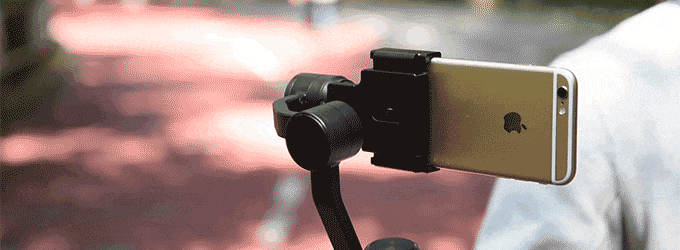
The Rigiet device also offers Bluetooth to pair with their app, which enables mode switching (photo, video, slow mo, time lapse, and panorama), as well as a record button to start and stop video in the app, and a toggle for front/rear camera selection.
With that, Rigiet does require power. The pre-production model I received had 2 batteries in the box – but the device only requires one. The battery is non-standard, but can be charged via the device over microUSB. In my testing, a charge of one battery easily covered me for a few hours of shooting. A second microUSB port near the head of the gimbal also allows for pass-through power and charging of your smartphone, enabling you to recharge your device as you shoot.
How does it work?
First things first. You’ll need to charge the batteries – or at least I did – since the included batteries were dead when it arrived. Second, either download the Rigiet app or get ready to fire up your favorite video app.
Once the Rigiet is charged, you’re ready to get setup. Open the mount, slide your iPhone in, and close the mount. Using a little trial and error, get the phone and counterweight in balance. Once this is done, make sure the clamp is secure.
As a note, balancing the Rigiet required me to tape a couple nickels to compensate for the iPhone 7 Plus weight. If you’re using a lighter weight device, you shouldn’t need to do this, but for me, it was the only way to balance the device before getting started. It did work without the weights, but had a very slight tilt without the added nickels.
Once things are balance, press and hold the power/shutter button to power on device. When the motors engage, you’ll see and feel a little bump as things lock in place. From here, you can fire up the Rigiet app or another video app, and you’re ready.

It’s a pretty cool tool. Video while walking was noticeably smoother, going down stairs appears as a glide, and pans and tilts were smoother and consistent. In my testing, the record button only worked with the Rigiet app, which is fine because there are some bonus features in there, anyway.
Within the app, there are modes for motion time lapse (affix the Rigiet device to a tripod, set start and end points, and watch it move automatically), multi-shot panorama (again, tripod required), and the standard time-lapse, slow motion, video, photo, and traditional panorama modes.
All-in-all, the Rigiet is a pretty cool device, and for the price, it’s a solid option for aspiring videographers. Check out their Kickstarter, and let me know what you think in the comments section.


